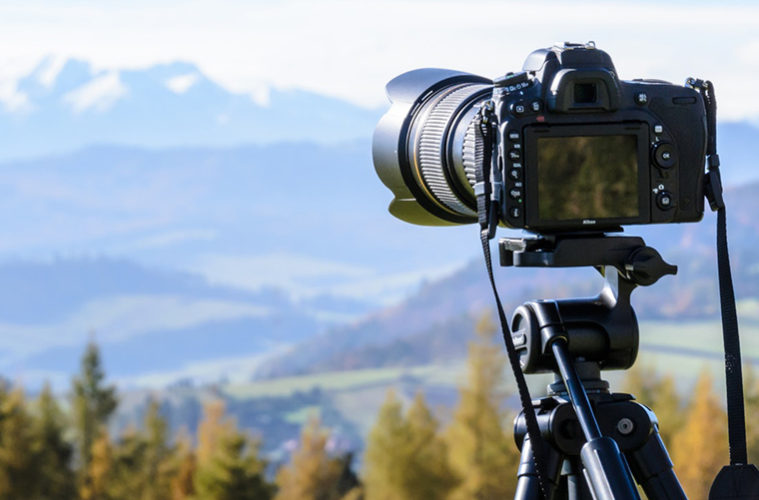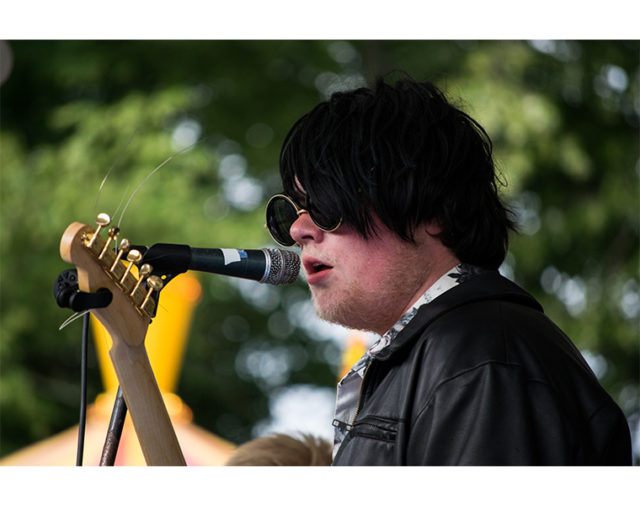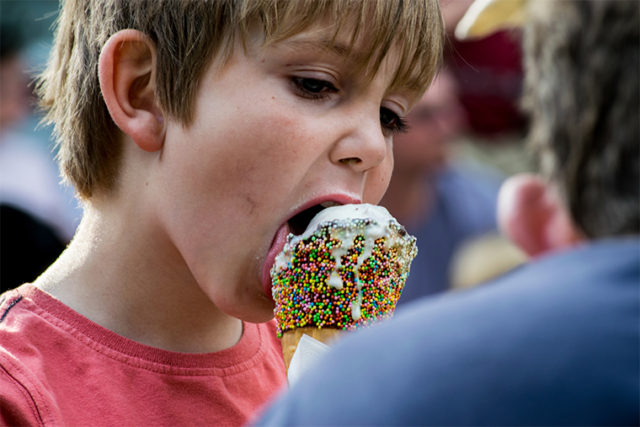Being a photographer can be a hugely satisfying hobby or career. I absolutely love shooting live music gigs and being out in nature with a camera, However, it can also be incredibly frustrating when you get back home to find that all of your photos say nothing more than ‘mediocre’. Why do my photos feel boring? Why don’t they look professional? What’s missing?
As an 18-year-old student, I do not have the budget or experience that a professional photographer may have. However, I have spent lots of time practicing this art and also learning the theory, and it makes all the difference. Here I’d like to share some of the most important lessons I’ve learned:
- You can get started right now. The standard of your photography has absolutely nothing to do with your equipment. Although it’s tempting to talk about interchangeable lenses, tripods and filters, they make no difference to the quality of your photos if you have not already mastered the basic principles of photography. In fact, many brilliant photographers choose to use low-quality or inexpensive cameras in order to force them to experiment and be more creative. In my own experience, the best photos are not those which are most stable or least noisy, but those with the best composition and form. So, whether you have a modern DSLR or an old smartphone, you can get started on the list below straight away.
- Know your basics. There are a few basic rules that apply to almost all photography, such as the rule of thirds and leading lines. The best way to learn these is to see it for yourself, and YouTube holds a huge wealth of information on the topic. Before pulling your camera out, familiarise yourself with these rules to give you a direction once you’re shooting. Of course, rules are made to be broken, but you need to understand them before you can defy them effectively. Once you’ve got a few in mind, head out and see them in the real world.
Here is a very short guide to get you started:
- Push the boundaries of your tools. Now that you’ve got the basics, it’s time to experiment with whatever camera you’re shooting on. That doesn’t mean adjusting any settings yet; keep it on auto and see what can be done with what you have. How dark, fast, high or diagonal can you go? Move around, find the extremities and explore them.
- Try to see things how they haven’t been seen before. When you’ve found a nice place to stop and photograph, its very easy to fall into the trap of taking predictable photos. For example, if you come across a road through the woods, it feels natural to stand in the road and shoot at head-height down the road. The problem is that everybody else who came across the road did the exact same. Google “road through the woods” if you don’t believe me. Instead, try seeing your surroundings from a new perspective: what other details around you has nobody else noticed?
- Locations will not come to you. Once you are confident that you can find photos in any place or situation, head out into the world and explore. Live in the country? You’re surrounded by miles of winding paths and acres of scenery. Live in the suburbs? You’re probably only a 5-minute cycle away from some unique architecture, or a small pocket of nature. Don’t confine yourself to the places that are familiar – head in any direction, keep your eyes open and surprise yourself.
- You are not doomed to poverty. Although everybody has a camera these days, not everybody puts in the effort to learn how to use it. Professional photography is always in need and with enough motivation and communication skills, you will start to see financial returns. The best way to start a career as a photographer could be to begin posting your best photos online, following local events or attending music gigs and talking to anybody that you meet along the way.
- Tell a story. A photo should not just look good, but also tell a story – what if you had only one shot left? What would you want to show, and to say? Sometimes, a photo is enjoyable simply because it looks stunning, but people will only connect with your photos if they have a message. Perhaps you want to convey an emotion, a political idea or something more humorous!
- There are photos everywhere. Do not fool yourself into thinking that you are not in a place that is suitable. In fact, being in a place that seems uninspiring is an opportunity to experiment. Some of my best photos have come after exploring my surroundings, experimenting with my camera and playing with the sunlight and shadows.
- Edit to understand. Finally, it is essential as a young photographer to edit your photos – even if you only have free software or smartphone apps. Adjusting the subtle exposure, contrast and saturation helps to tune your eyes, and shows you how they relate to each other.
What now? Once you’ve got all of these points covered, it’s time to step it up – that could mean investing in a DSLR, getting to grips with your settings or just going further with what you already have.
Would you like to share your photos with us? Tag us or use the hashtag #TheStudentPocketGuide. We can’t wait to see the results!
Written by Taylor Jones
Facebook and Instagram: @creativeconnective
Twitter: @create_connect_
LinkedIn.com/creativeconnective







